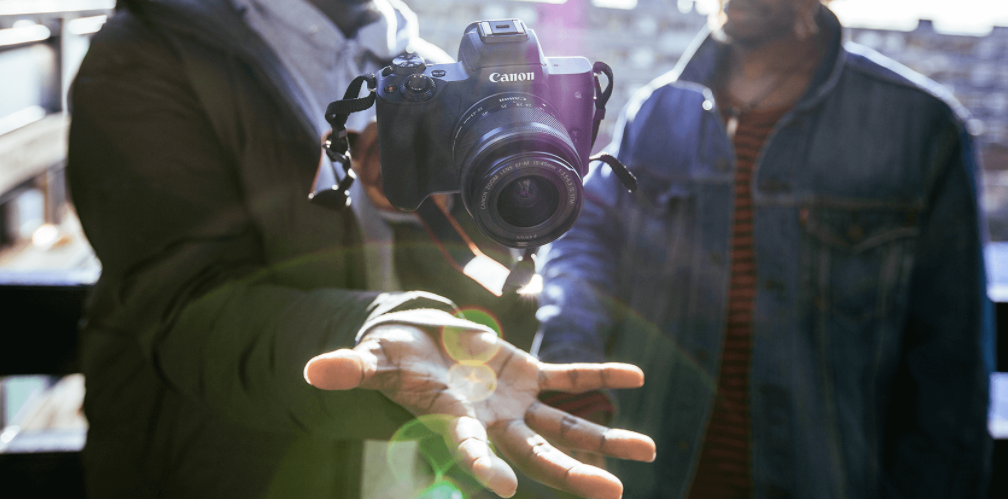- Canon just released the M50, its newest mirrorless camera (and the first one to shoot video in 4K) with a number of user-friendly features.
- One of those features lets users stream photos directly to their phones without prompting the transfer or relying on a WiFi network.
- This new feature is Canon’s attempt to make standalone cameras more appealing in the age of smartphones.
Standalone cameras have had a hard time staying relevant as smartphones keep getting better and better, especially at producing professional-looking photos and videos.
Smartphone cameras may have fewer capabilities and produce lower-quality images than standalone cameras (for now), but phones make it incredibly easy to edit and share your photos on social media or messaging applications just moments after you take them.
The M50, Canon’s latest mirrorless camera and the first one to shoot video in 4K, addresses this disconnect between smartphone cameras and standalone cameras by instantly streaming photos to users’ phones via the Canon app.
Previously, the app could only pull pictures from the camera one at a time, and only when both devices (camera and phone) were connected to WiFi. The limited capabilities made for a pretty archaic experience, which was terribly frustrating for anyone who wanted to experiment with the the added benefits of a standalone camera - a higher megapixel count, stronger zoom, minimal glare - and then quickly share those results on Instagram or Facebook.
For the average photographer, it became easier to rely on, say, an iPhone camera, than Canon's superior cameras (like its mirrorless 24.2-megapixel M5 camera it released in 2016), even if some quality or control was lost in the process. But with the new M50 camera, standalone camera owners can roam around with lenses on their necks without the headache of transferring images to be shared later.
Nikon actually beat Canon to the punch in 2016 when it released SnapBridge on its D500. SnapBridge allowed for automatic uploads between Nikon cameras and Bluetooth-supported devices they were connected to, but it wasn't a perfect experience at launch (a "2.0" version has since released). Hopefully both Nikon and Canon continue to enhance their apps, and keep standalone cameras alive by making the user experience easier for hobbyists.

